KBR Horse Net &
|

|
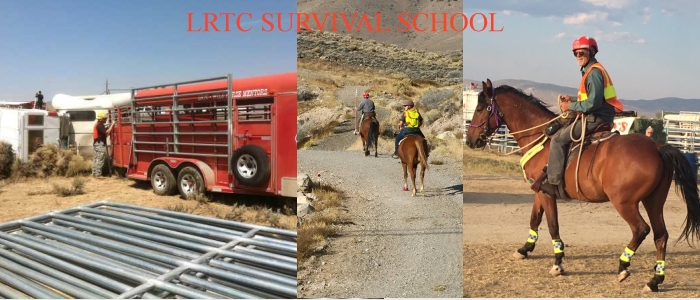
February 18, 2014
Four people and some livestock died in this multiple trailer accident. |
|
PART ONE: HITCHING EQUIPMENT |
|
Trailers. A lot of us have them. Many just sit around until they are needed, then we hook up, load them up and head down the highway. They're just back there. They follow our tow vehicles. Unfortunately trailers are the cause of an alarmingly large number of tragic highway accidents. Unfortunately most of those accidents could have easily been prevented.
Most of us have significant investments in our trailers. We often have a significant investment in the cargo that we carry and usually we have a significant investment in our tow vehicles and the people we have inside those tow vehicles. A relatively small investment in time and money can protect those other "investments" as well as protect others using the highway who may be unwitting victims of dangerous trailers. The purpose of this feature is to focus our thinking when it comes to trailers and towing so that we will naturally operate tow-combinations more professionally and safely. To do that we need to review some trailering basics so that we're all on the same page. The examples given involve "bumper pull" trailers, however the same general principles apply to gooseneck and 5th wheel systems. |
| Important Terms |
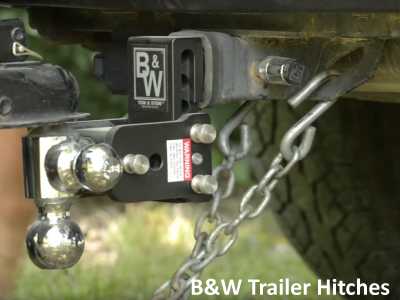
|
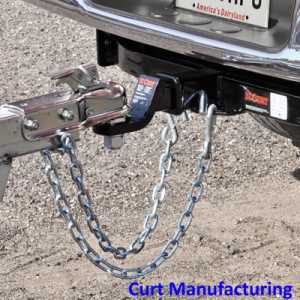
|
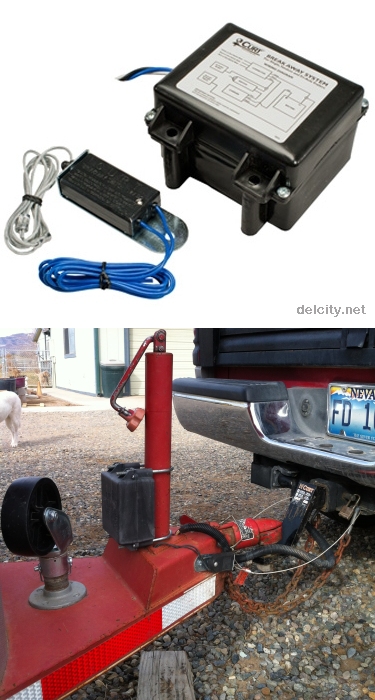 Break-Away Brakes
Break-Away Brakes
Most states and provinces require an automatic braking system that will apply any time that a trailer uncouples from its tow vehicle. Having brakes apply and the chains draw taught are critical to keeping an unhitched trailer under control and to prevent the trailer from shoving the tow vehicle and causing it to go out of control. However when conducting trailer safety inspections, failed or altogether missing automatic break-away brake systems are the most common safety problems that we find. These systems utilize a stand-by battery to apply the brakes if a trailer uncouples and and the actuator cable is pulled out of the control switch. Older systems relied on 12-volt dry cell batteries to supply emergency brake power. Those batteries would fail with age and replacements could be difficult to locate, although better hardware stores often carry them. Nonetheless they would die, start to corrode, people would remove them and forget to replace them. Other times they just went dead, being long forgotten. Newer systems utilize rechargeable batteries that are kept charged by the tow vehicle. These systems require 6 or 7 pin electrical connectors in order to have a lead dedicated to charging the break-away battery. Most newer vehicles come with circuits to power trailer accessories and rechargeable break-away systems. With older vehicles it isn't that difficult to run a 12 gauge wire from a battery connection to the trailer receptacle. The proper pin locations can be found here. Be sure to mount a 15 amp circuit breaker between this new wire and the battery connection. The other major failure associated with this vital safety component involves drivers who don't know how to string the break-away "rip cord." It should be run through an opening on the hitch such as a chain hole, then back to the trailer or to a portion of the chain - long enough to allow the combination to turn without pulling the cable from the actuator, but short enough to pull free from the actuator if the trailer uncouples and the chains pull taught. Most auto parts and truck accessory stores sell rechargeable break-away kits that can be easily installed to replace older dry cell kits. Kits are available that bolt directly to the trailer frame or clamp onto the tongue jack tower. Even rechargeable batteries can run low, particularly if they are several years old or a trailer is seldom hitched and the batteries infrequently recharged. At least once a year as part of your annual trailer inspection you should "test" your system by pulling out the actuator and making sure your brakes engage. (You can return the actuator plunger after conducting the test and you can often recharge the break-away battery by plugging in your trailer for a couple of hours with your tow vehicle's accessory switch turned on.) Some of the newer rechargeable systems even have a self-test feature that will tell you if the battery needs recharging.
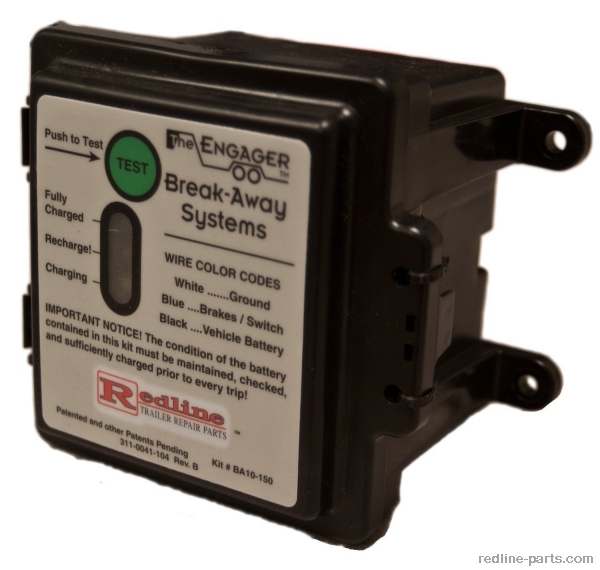
There are several different coupler designs. All ultimately lock around the hitch ball and have to remain locked so that the trailer doesn't uncouple if you strike a bump or brake sharply. While the procedures vary for each design, some common elements do exist. First we must know the size of the ball that the coupler requires. A coupler will fit over a size-smaller ball but the connection can come apart with drastic results. There should be a distinctive label indicating the required ball size on or near the coupler. The ball size should also be stamped on the tongue or coupler in the event that the label disappears. However since stamped ball sizes might be hard to readily identify in the dark, it's a good idea to clearly label the proper ball size on couplers when the labels are missing. Couplers don't always properly lock onto hitch balls, particularly if the trailer and tow vehicle are in a slight bind when coupling up. Always pull forward a short distance after hitching any trailer and double check that the coupler is properly locked and that safety clips or pins are properly inserted in order to prevent the coupler from accidentally releasing while under tow. Continue to Part TwoDownload a printable
|
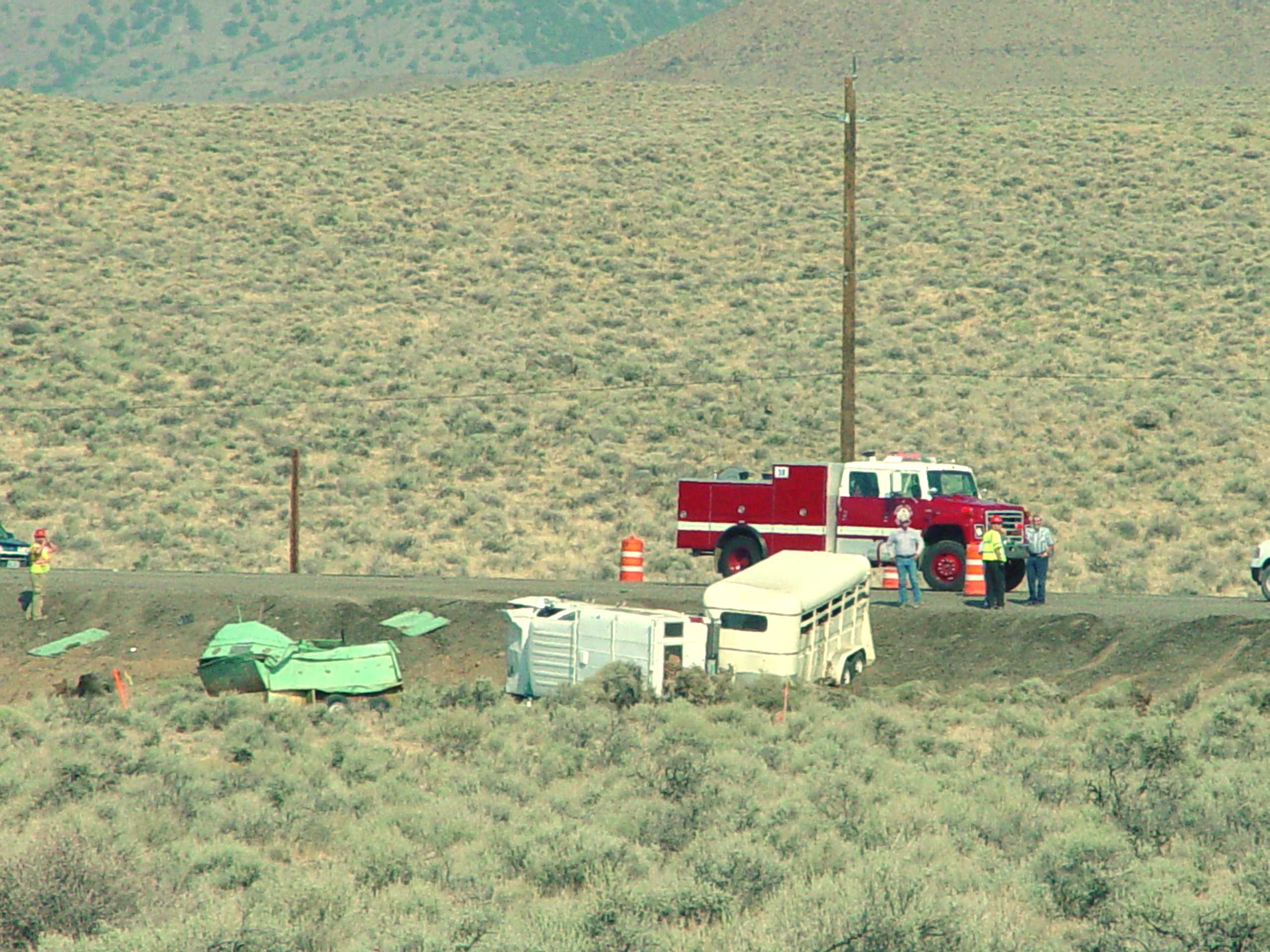
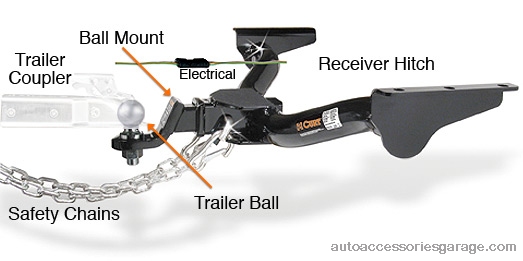
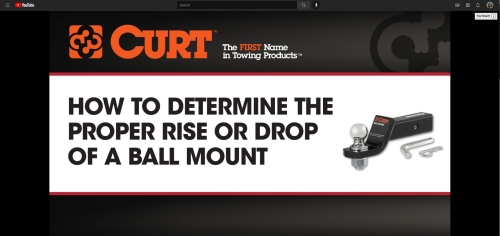
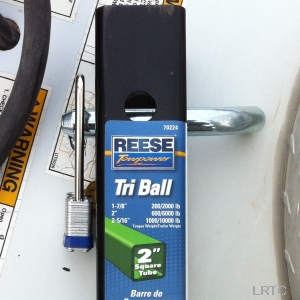 The hitch pin is a small, often overlooked component that has the most important job in the hitch. If that pin comes loose, everything comes apart
The hitch pin is a small, often overlooked component that has the most important job in the hitch. If that pin comes loose, everything comes apart
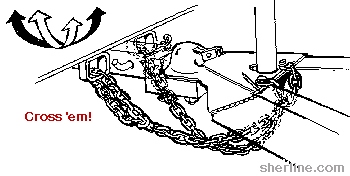
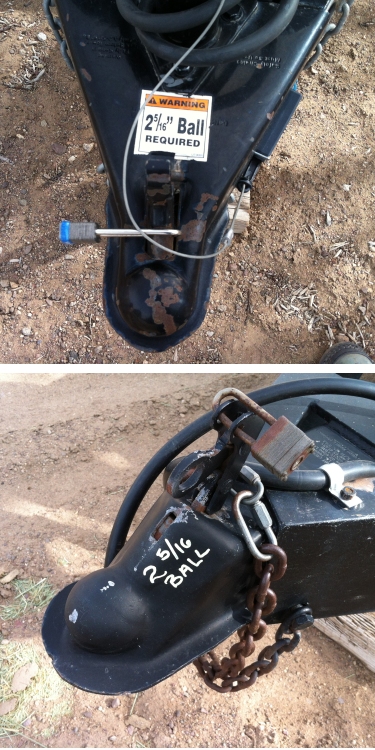 The Trailer Coupler
The Trailer Coupler